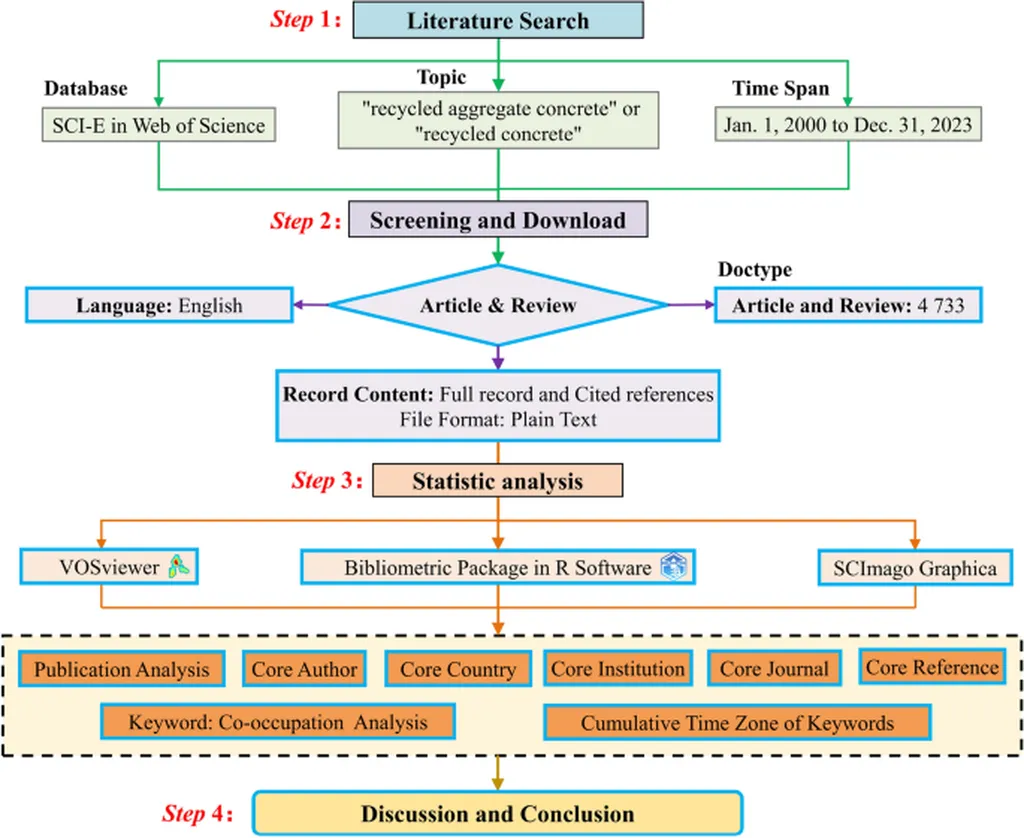In the ever-evolving landscape of construction quality management, a groundbreaking study led by Changhao Fu from the School of Civil Engineering at Southeast University in Nanjing, China, is set to redefine how we approach data uncertainty and strength prediction in concrete construction. Published in the esteemed *Journal of Civil Engineering and Management* (translated from its original title, *Statybos Inžinerija ir Vadyba*), this research offers a data-driven solution that could significantly enhance the reliability of construction quality data, with profound implications for the energy sector and beyond.
The study, centered on the Sichuan Provincial Building Industry Park project, tackles a persistent challenge in construction: the variability in concrete strength data caused by myriad factors during the construction process. “The variability in concrete strength data has long been a thorn in the side of construction quality management,” explains Fu. “Our goal was to develop a model that could accurately predict concrete strength, thereby enhancing the overall reliability of construction quality data.”
Fu and his team achieved this by analyzing construction quality data across different strength grades and curing ages. They established a dynamic model focused on “data fitting” and “data prediction,” which defines a reliability range for construction quality specific to the project. This model not only cleanses outlier data but also adjusts biased data, leading to a significant enhancement in the reliability of construction quality data.
The results speak for themselves. The model’s fitting coefficient approaches 1, indicating a near-perfect fit, and the data adjustment becomes more concentrated and stable. “This model is not just a theoretical exercise,” Fu asserts. “It has practical, real-world applications that can greatly benefit the construction industry, particularly in the energy sector where precision and reliability are paramount.”
The energy sector, with its demand for robust and reliable infrastructure, stands to gain immensely from this research. Accurate strength prediction and reliable data can lead to more efficient construction processes, reduced material waste, and enhanced structural integrity. This, in turn, can translate to cost savings and improved safety standards, which are critical for energy projects.
Moreover, the dynamic assessment and optimization of construction quality enabled by this model can support quality control and prediction during the construction process. This could pave the way for smarter, more efficient construction practices, ultimately benefiting the entire industry.
The study’s findings, published in the *Journal of Civil Engineering and Management*, offer a scientific basis for the dynamic assessment and optimization of construction quality. They provide robust support for quality control and prediction during the construction process, setting a new standard for data-driven decision-making in the field.
As the construction industry continues to evolve, the need for accurate, reliable data becomes increasingly critical. Fu’s research offers a promising solution, one that could shape the future of construction quality management and have a lasting impact on the energy sector and beyond. “This is just the beginning,” Fu concludes. “We are excited to see how this model will be applied and refined in the years to come.”

